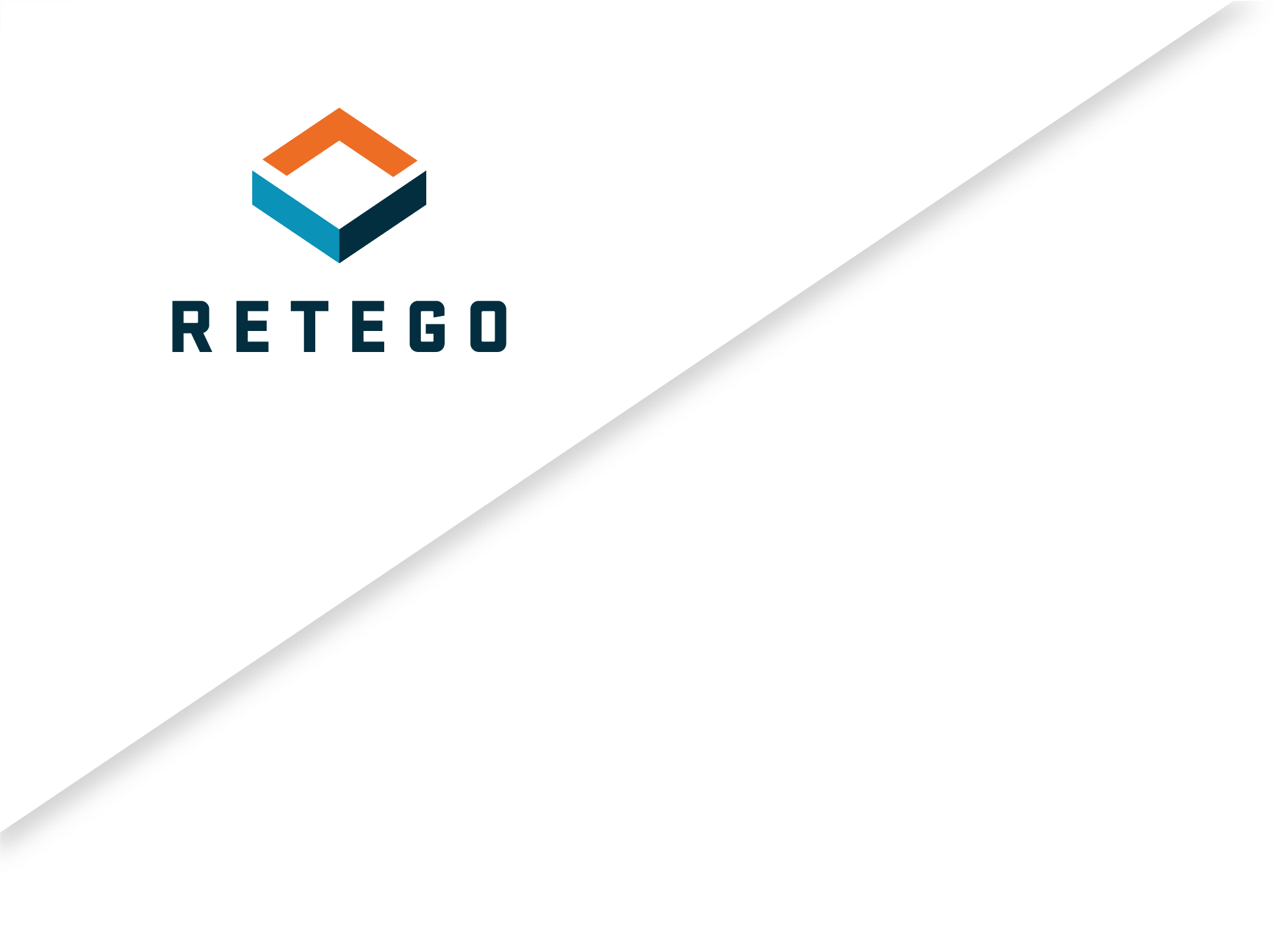The problems with present testing methods
Critical water monitoring is usually accomplished through a mixture of laboratory analysis and a broad suite of often low precision, on-site testing equipment and kits for operations and wastewater management.On-site chemical testing usually relies on kits and instruments that were originally developed for very narrow ranges and suffer from the following issues:
- Limited dynamic range requiring time consuming dilutions and the resulting reduction in precision;
- Many kits are titrimetric and require varying degrees of training and experience to produce reliable results. (Even after one develops the skills to conduct the assay, accuracy issues develop due to variability caused by the drop counting methods employed.)
- During the time required for accurate off-site testing, cross contamination may substantially impact the fresh water sources and microbial action may change stored waters.
- Chemical testing kits require a considerable amount of time-dilutions, conducting the tests and clean up between assays often eat up critical time (especially during operations where analysis speed can prevent permit violations).
- Tests developed for drinking water aquifers can suffer from interferences that are present in industrial waters—leading to inaccurate results.
- Methods developed for monitoring pH can become inaccurate when conductivities are extremely low or moderately high.
- Chemical testing kits using instruments require specialized training and time-consuming reagent handling and calibration steps for proper function.
Rapid, accurate, precise, on-site water monitoring is also critical for ensuring wastewater discharge meets contractual or environmental limits for agricultural, municipal and industrial runoff requirements as well as a critical step in wastewater management.
Near real time monitoring of wastewater constituents allows for monitoring of scaling tendencies and quickly adjusted chemical compositions to compensate for changing conditions during water treatment operations.
New fixes for old problems.
The Retego test methodology utilizes two unique components:
- Disposable (single-use) vials that contain a stable mixture of all chemical components needed to conduct a specific colorimetric or fluorescence-based test to measure an analyte in a water sample.
- Rugged, portable, field detector that accurately calculates the analyte results using a combination of colorimetric and fluorescence measurements from several sources producing extensive, detailed readings.
Each test requires the operator to
- Add 3 milliliters (0.1 fl. oz.) to the test vial (we call them cuvettes) using a disposable transfer pipette (which is supplied with the testing kit) to dissolve the chemicals in the cuvette
- Insert the cuvette in the detector
- Select the appropriate test on the computer for automated detection. Upon selection of the test procedure associated with each cuvette the detector will automatically add the appropriate reaction time if necessary. The results can be saved locally in a report generated in multiple formats (PDF, Excel, TXT) or shared electronically via XML. Descriptions of the unique properties of these components is provided below.
Testing Cuvettes
The Retego testing cuvettes were designed with the following features and components:
- Each cuvette contains a stable matrix of chemicals to conduct the colorimetric, turbidimetric or fluorescence assay for the analyte. Retego has utilized either standard ASTM test reagents or safer alternatives where they can be substituted without reducing the accuracy of the assay. The only liquid present in the test is the sample.
- Several of the test cuvettes also contain reductants and/or chelating agents to control interferences normally seen in industrial waste waters.
- Each cuvette contains a significant amount of buffering agents to yield the correct pH when the testing reagents are dissolved.
- The dried chemicals in the cuvettes are stabilized to ensure extended shelf life and that the kits remain stable over the extreme temperatures encountered in the field.
Retego TTR Detector
Each cuvette is measured by conducting a multivariate analysis of the data set obtained from a frequency-modulated colorimetric and fluorescence measurements obtained from multiple laser (and other light emitting) diodes at different wavelengths.
Optical frequency-modulation and demodulation are used to conduct the colorimetric and fluorescence functions because it allows the instrument to operate in a wider variety of environmental conditions. The TTR eliminates any signal due to temperature variation to the electronics from either ambient temperatures or operation.
The Retego TTR test does not require a sample blank (reducing complexity, time and cost). The use of variable stage amplifiers allows accurate results to be collected when the concentration of chromophores is both low and high. This makes the Retego instrument useful for measuring both low and high concentration analytes.
The combination of these technologies results in a portable testing platform that is:
- Easy to use (with minimal operator training or experience)
- Fast (usually 0.5 to 3 minutes depending on the test)
- Applicable to complex industrial samples (designed to operate under extreme conditions and in the presence of normally encountered interfering substances).








